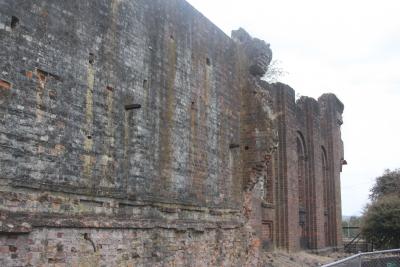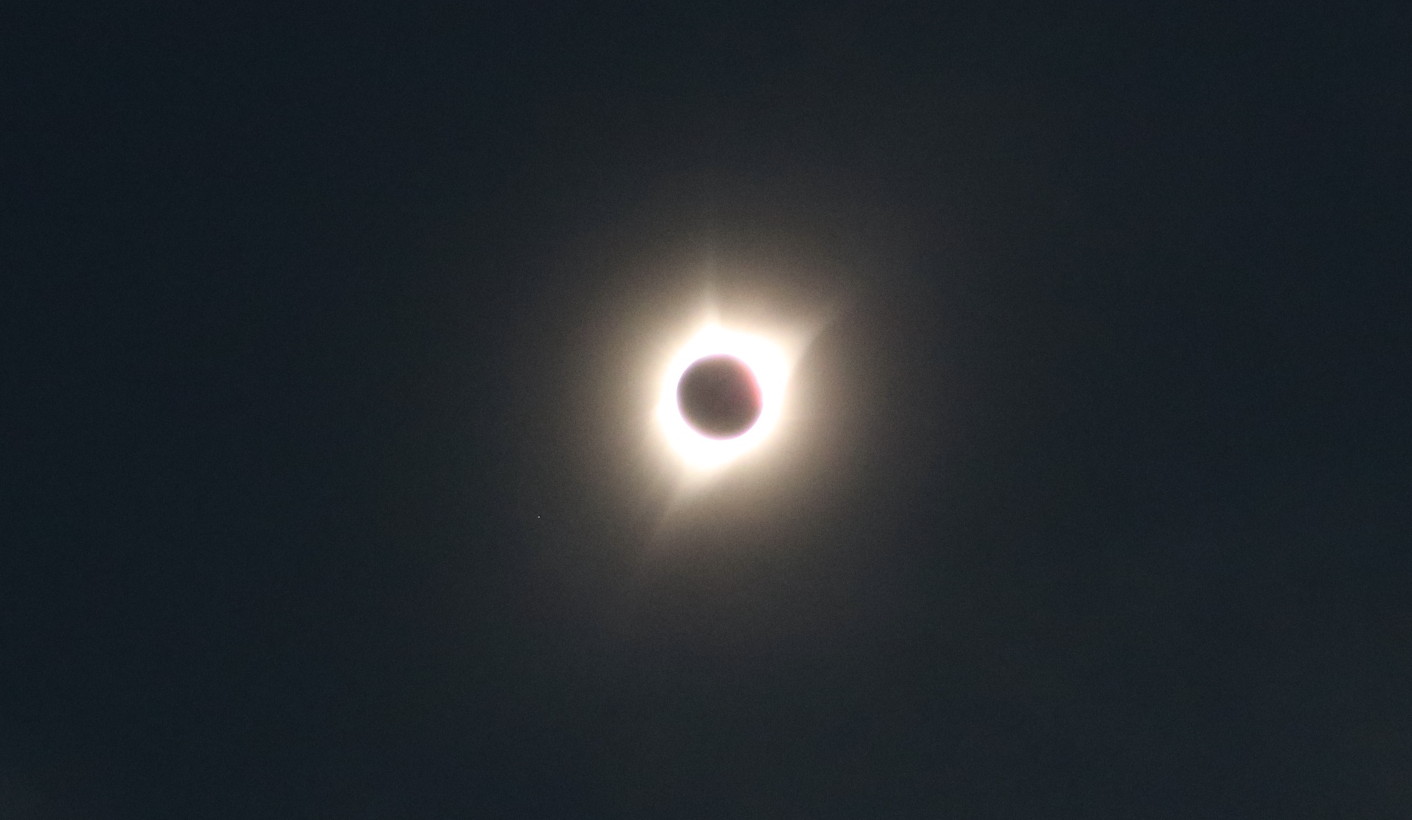More Exploring on Tasmania
 Day six was a late start as we planned a late night activity. Mt. William National Park in the northeast is known for its abundant wildlife. Most marsupials are active at night and the information on this national park suggested spending time after sunset observing the wildlife. Many of these animals we had seen along the roadside, killed by automobiles. Now we wanted to see them live. We hiked to the top of Mt. William in the late afternoon and returned to the car as the sun was setting. Along the trail we had seen much evidence of wombats but never saw a single one on this beautiful hike through the forest. Wombats are burrowing animals, the largest burrowing animal, they are the size of a small pig.
Day six was a late start as we planned a late night activity. Mt. William National Park in the northeast is known for its abundant wildlife. Most marsupials are active at night and the information on this national park suggested spending time after sunset observing the wildlife. Many of these animals we had seen along the roadside, killed by automobiles. Now we wanted to see them live. We hiked to the top of Mt. William in the late afternoon and returned to the car as the sun was setting. Along the trail we had seen much evidence of wombats but never saw a single one on this beautiful hike through the forest. Wombats are burrowing animals, the largest burrowing animal, they are the size of a small pig.
As we left the parking lot for a twilight/night drive I noticed a snake on the road. I stopped the car, grabbed the camera and went to get a photograph. As I approached the snake rose up and spread its head like a cobra. It wasn’t a cobra, I later learned it was a tiger snake. This is one of three snakes on Tasmania and all are poisonous. I was aware of this so didn’t approach any closer. Before I could get the camera focused in the dim light, the snake was off into the forest so I didn’t get a picture. We continued our drive and were not disappointed.
We saw numerous forester kangaroos, found only in this part of Tasmania. These were the first kangaroos we had seen up to that time. We caught a wombat in the open and got a quick look before it hurried off into the dark. We saw wallabies, possums and a Tasmanian devil or two. A real surprise was a bandicoot, a small rat-like animal, stopped right in the middle of the road in front of us. We got a real good look at it before it fled into the dark.
As we were leaving the park, a truck passed us and roared off into the night. Just a few kilometers down the road we came upon a possum standing over its dead mate. The truck had apparently struck one of the pair and the second was staying with its mate. We approached with the car and the live possum didn’t move. Finally as we started to maneuver around the pair the living one fled into the woods. It was a most distressing sight and it stayed with us during the ride back to the hotel. Faced with a 130 km drive home in the dark and not wanting to be responsible for killing another animal, I kept our speed around 60 km per hour (under 40 MPH). Despite this, only one car passed us until we were almost in Launceston. The area was so remote that there simply wasn’t much traffic out late at night.
Day seven was our day to return to Mainland Australia. The ferry was scheduled to leave at 6:00 p.m. and boarding would start at 4:30. We started to the ferry about 10:00 a.m. and decided to stop in Beaconsfield at the mining museum. Beaconsfield has been a gold mining site for many years. As the mines developed, they went deeper and deeper underground. Periodically one mining company after another would fail only to be replaced by a company which thought they could do better. The old mine was finally closed in the early 1900’s. Eventually the shaft started to collapse and with it part of the equipment building also collapsed. The remaining building would become the museum and the collapsed ruins can now be toured as part of the museum.
Inside the museum are many artifacts from the early days of mining. In the 1940’s a new shaft was opened into the mine and mining resumed. In 2008 the ceiling of one shaft collapsed on some workers. One was killed and two were trapped in a small work cage which was smashed when it was buried under many tons of rock. The two miners stayed alive for 14 days while rescuers did everything they could to get to them. They were rescued and the entire event is documented in an excellent and moving exhibit in the museum. That mine has now joined the fate of many others and is closed.
We had lunch after visiting the museum and then drove north to the ferry stopping at one last national park, Narawntapu National Park. This was the first park to adopt a native name. We drove into the park, visited with the ranger on duty and then continued on our way. The one hike we had considered would take too long to complete. Time was now short enough that we headed for the Spirit of Tasmania Ferry. Our trip this time would be an overnight trip and we planned to start the night with a nice dinner in their premier restaurant before retiring for the night. On both our trips we reserved a room in part so we could leave luggage to roam the decks of the ferry and in part to provide sleeping quarters for this overnight voyage. We both got a good night of sleep before the ferry arrived in port at Melbourne in time for the 6:30 a.m. disembarking. We had a cab called and were on our way to Britz to pick up our campervan for most of our remaining stay in Australia.



0 Comments
Recommended Comments
There are no comments to display.
Please sign in to comment
You will be able to leave a comment after signing in
Sign In Now